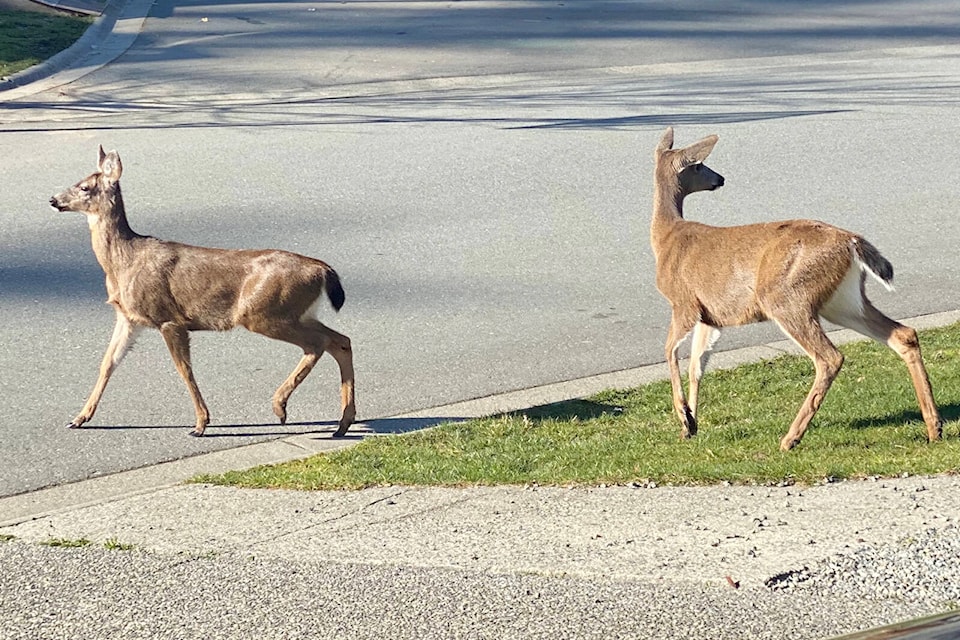With autumn’s arrival, drivers are reminded to be on the lookout as children and teens tread local streets and sidewalks on their way to and from school. It’s also a good reminder that they’re not the only youngsters who can sometimes appear unexpectedly to approaching drivers.
Young deer may lack the “street sense” of their older counterparts. Whether they’re simply unaware or get spooked by a dog or car, for example, deer can bolt from bushes, gardens or between parked cars … and right into traffic.
While deer can be spotted at any time of day, they’re most active at dawn and dusk, making it all the more important to be on alert as we drive to and from work, especially with fall’s shorter, darker and rainier days.
Here are a few tips to keep in mind to avoid collisions with deer:
- Slow down & scan ahead – Especially important in areas deer are known to frequent, but good practice wherever you’re driving as children, dogs, deer and others can appear quickly and without warning.
- If you see one, anticipate more – Deer rarely travel alone, so if you see one, others are likely nearby and will typically follow the same path.
- Give deer space to move along – Young deer may not recognize the potential risk vehicles pose. Once in the road, they can be also confused by headlights, or slip and fall on pavement slick with rain or ice, so it’s important to give them the time and space to pass safely.
- Drive defensively – If a collision with wildlife seems imminent, avoid swerving your vehicle, as this can cause greater damage and personal injury. Instead, remove your foot from the accelerator and brake lightly, keeping the vehicle straight.
Immunocontraception program continues in Esquimalt
As part of the Township of Esquimalt’s ongoing deer management initiative, you might spot the deer immunocontraceptive team out and about in the early mornings as they administer IC to does.
Watch for them in their high-visibility vests until Oct. 20, starting around 6:30 a.m. and continuing until about noon, says Alina Fisher, a UVic PhD candidate and one of the research team working with Esquimalt’s deer management program, through University of Victoria professor Jason Fisher and his Acme Lab.
Does in Esquimalt received their first IC dose in fall 2022. Research from the District of Oak Bay’s IC program, spearheaded by UWSS, showed a 61 per cent decrease in fawning rates after the first year.
Visit UWSS.ca for more information about avoiding collisions with deer and other deer behaviour tips. Learn more about the Township of Esquimalt’s deer management efforts here.
